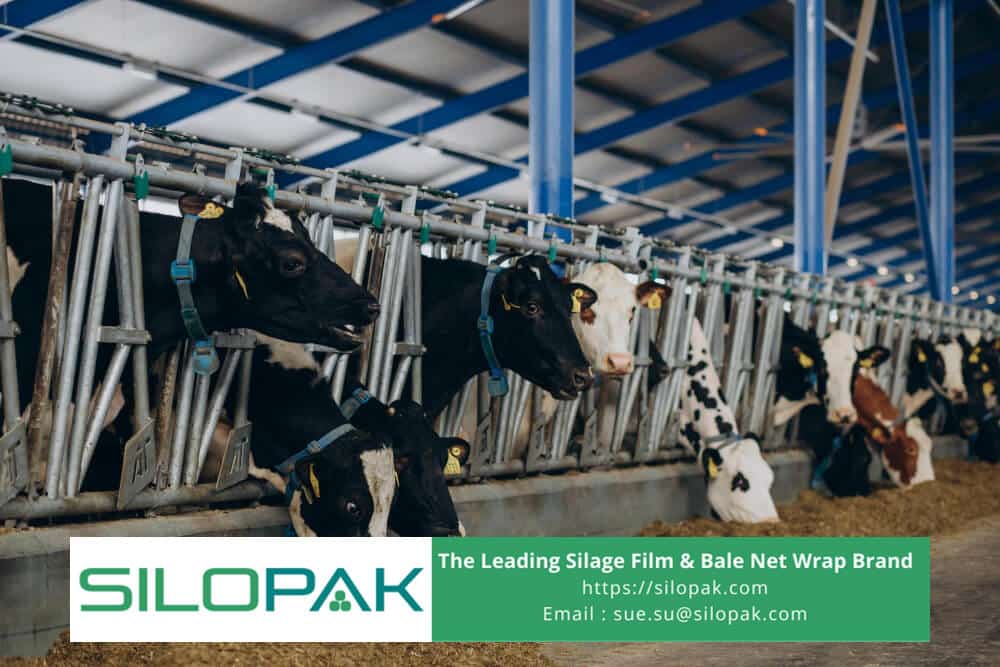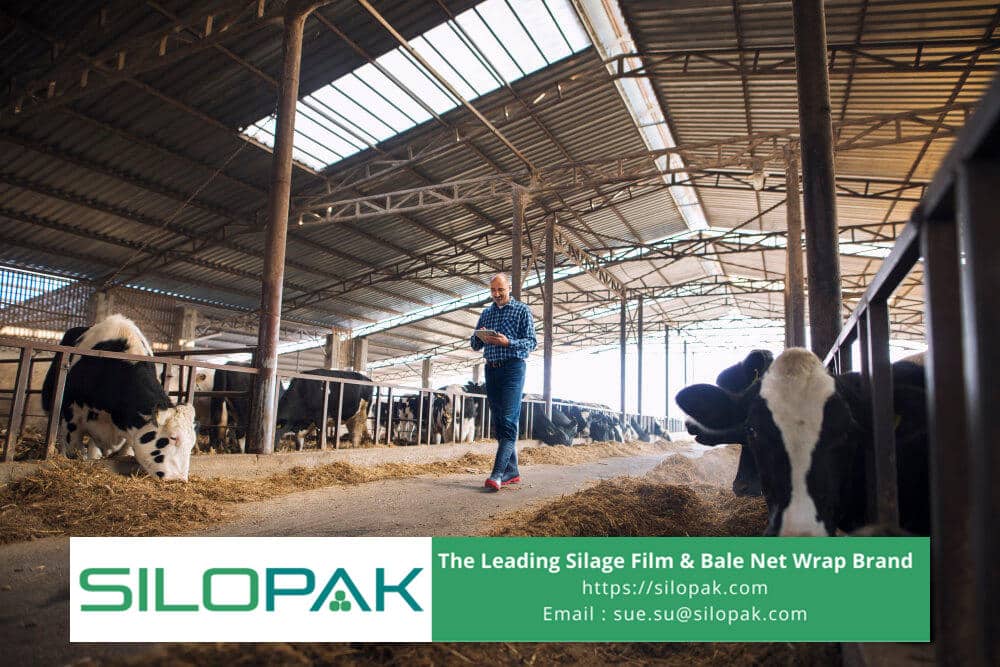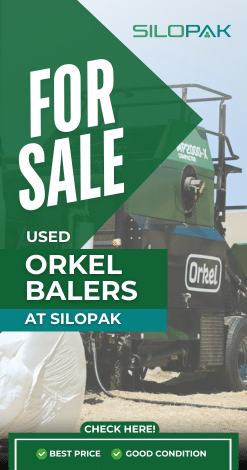
What cattle eat details cow feed requirements. Covers the main components of a cow’s diet, from forage, by-products, and supplements, to special feed. A deep understanding of the food required by cows will support their health and productivity.
Cattle are one of the pillars of the agricultural industry throughout the world. As herbivorous ruminants, cattle require a balanced diet and special food requirements. It plays an important role in ensuring their health, productivity, reproduction, and growth.
Thus, understanding what do cattle eat and their food requirements is very important. Especially for the success of cattle farming and ensuring animal health and productivity. Furthermore, this article will explore various animal food needs. Covers various aspects such as natural foraging behavior, nutritional needs, food choices, and the importance of a balanced diet.
contents
The Natural Foraging Behavior of Cattle

Cattle have a natural inclination towards grazing and browsing. That’s why forage is an important part of their diet. Like other livestock, cows also need several important nutrients, including carbohydrates, protein, fat, vitamins, and minerals. Providing balanced feed that meets these nutritional needs ensures that cattle grow optimally.
What Do Cattle Eat: Various Components in Diet
The cow’s diet is very diverse. Combine forages, grains, by-products, and supplements to meet their nutritional needs. Each component plays an important role in ensuring cows remain healthy and productive. Conversely, an inadequate or unbalanced diet can lead to reduced growth rates, reproductive problems, and disease susceptibility.
Therefore, understanding what cattle eat is very important for farmers, ranchers, and anyone involved in the livestock industry. Below are the various components of a typical cow’s diet.
Forage
Forages make up the largest part of a cattle’s diet and include grass, legumes, and silage. Forages are rich in nutrients and fiber, which are essential for the proper functioning of the ruminant’s digestive system. The most common types of grass include Bermuda, Timothy, and Brome. These grasses provide essential nutrients and are a natural food source for cows.
Meanwhile, popular types of legumes are alfalfa and clover. Both offer high protein content, which is important for growth and milk production. In addition, silage is a fermented feed with high humidity. This forage is made from plants such as corn, sorghum, or grass. Silage is especially valuable in winter when fresh forage is scarce.
Hay
Hay is dried grass or legumes and serves as an important feed component. Especially during periods when fresh forage is not available. Hay retains many of the nutrients found in fresh forages and is a reliable source of fiber. Good quality hay should be green, leafy, and free of mold or dust.
Grains
Grains provide a concentrated source of energy and are often used to supplement forage diets. Especially for growing calves, lactating cows, and beef cattle. Common grains include corn, barley, and oats. Corn is known to be high in energy and is often used in feedlots. Barley provides energy and some protein. Meanwhile, oats are known to be good for the digestive system and provide fiber and energy.
By-Products
Agricultural and industrial by-products are often used as cattle feed to reduce costs and recycle nutrients. Among them is soybean meal, which is a by-product of soybean oil extraction and is high in protein. Then distillers grains are a byproduct of ethanol production which is rich in protein and energy. Additionally, beet pulp is a residue from sugar beet processing that provides fiber and energy.
Mineral and Vitamin Supplements
To ensure cows receive all the necessary nutrients, supplements are often added to their diet. These include mineral blocks that provide important minerals such as salt, calcium, phosphorus, and trace elements. Then vitamin supplements to ensure adequate intake of vitamins A, D, and E. It is essential for immune function, reproduction, and overall health.
Water
Water is an important, but sometimes overlooked component in cattle nutrition. Sufficient, clean water is essential for digestion, nutrient absorption, and overall health. Cattle typically need 10-20 gallons of water per day. However, the amount can vary based on factors such as weather, diet, and lactation status.
Special Feed
Certain groups of cattle require special feeds to meet their unique nutritional needs. For example, calves need high-protein starter feed and milk replacer if they are not suckling. Then, lactating cows require higher levels of energy and protein to support milk production. Meanwhile, beef cattle are often fed a high-energy diet to maximize growth and marbling.
Feed Storage for Cattle
So, what do cattle eat? To ensure the availability of high-quality feed, don’t forget to use Silopak products. These include silage film, bale net wrap, and round bale film. Apart from being proven reliable and trustworthy, our products are equipped with high technology. This not only protects and maintains feed quality more effectively but will also affect the health and productivity of cattle.

